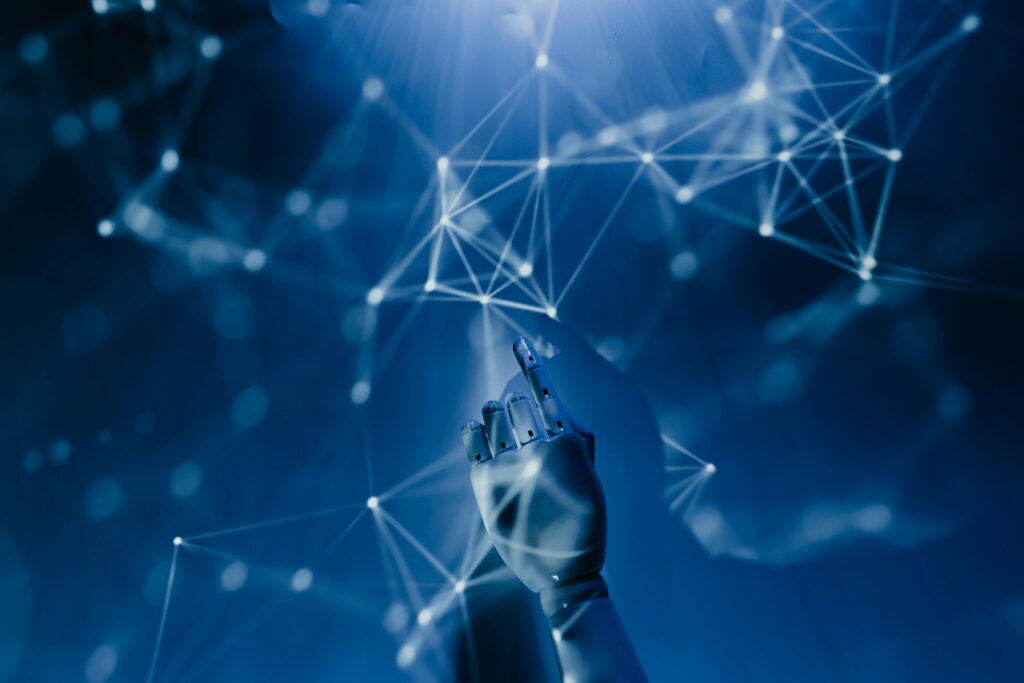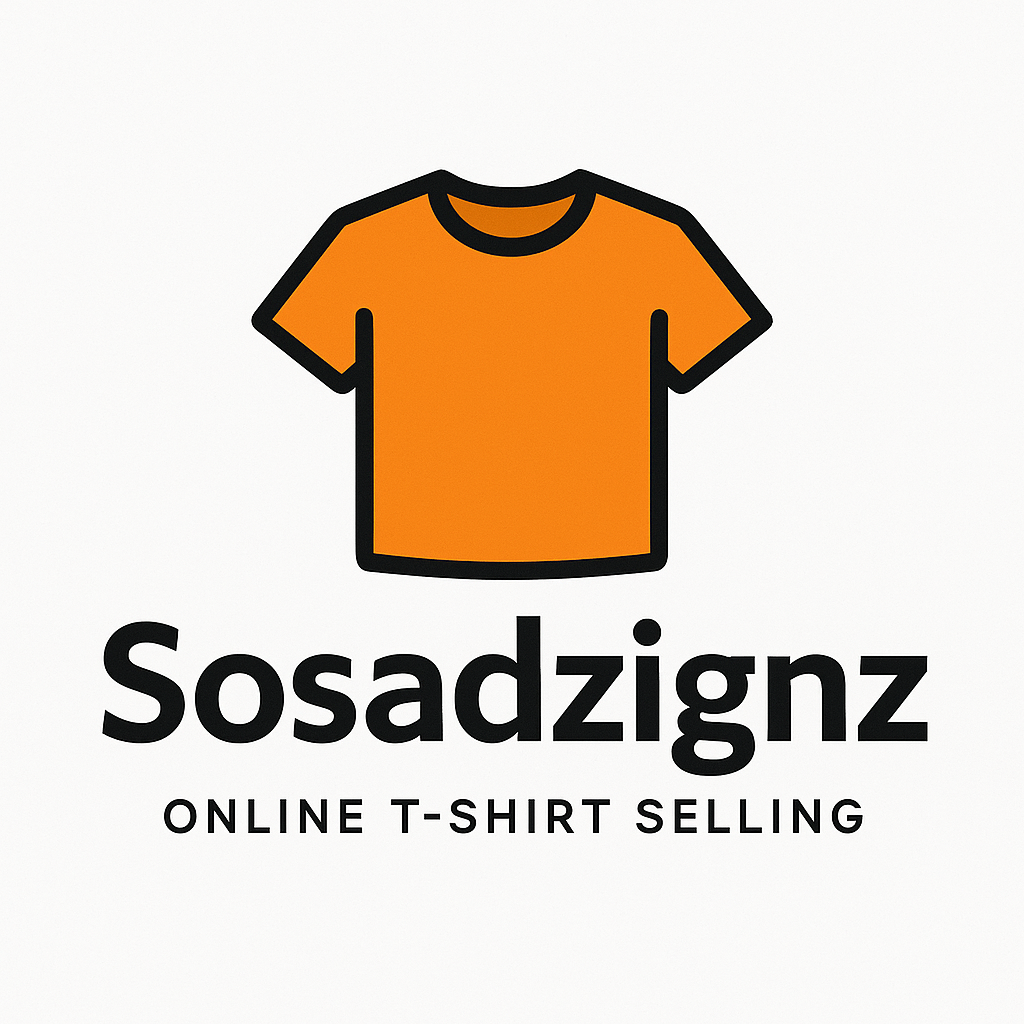Blog
What is AI-Driven Personalization? AI-Driven Personalization for Effective Advertising uses artificial intelligence to tailor experiences, content, or services to individual users based on their preferences, behavior, and data. It analyzes patterns—like browsing history, purchases, or interactions—to deliver customized recommendations, interfaces, or marketing in real time. Think Netflix suggesting shows or Amazon recommending products. Leveraging AI for Effective B2B Advertising is about making things feel uniquely relevant to you, often instantly, by predicting what you’ll want next.

In the fast-evolving world of B2B advertising, standing out in a crowded market is more challenging than ever. Decision-makers are bombarded with content, and generic campaigns often fail to cut through the noise. Enter AI-driven personalization—a game-changer that’s transforming how businesses connect with their target audiences. By harnessing the power of artificial intelligence, B2B advertisers can deliver highly tailored, data-driven campaigns that resonate, engage, and convert. This article explores how AI-driven personalization is reshaping B2B advertising, its key benefits, real-world applications, and practical steps for implementation.
The Power Leveraging AI for Effective B2B Advertising
Personalization isn’t new, but its scope and precision have reached unprecedented levels thanks to AI. Unlike traditional approaches that relied on broad segmentation—like industry or company size—AI enables hyper-targeted campaigns tailored to individual behaviors, preferences, and pain points. In B2B, where sales cycles are longer and involve multiple stakeholders, this level of customization is critical.
Consider this: 80% of B2B buyers expect experiences as personalized as those they encounter as consumers, according to Salesforce research from 2023. Yet, many B2B campaigns still lean on one-size-fits-all messaging. AI bridges this gap by analyzing vast datasets—website interactions, email engagement, social media activity, and CRM insights—to craft messages that feel bespoke. The result? Higher engagement, stronger relationships, and better ROI.
How AI Drives Personalization
AI’s ability to process and interpret data at scale is what makes it a powerhouse for B2B advertising. Here’s how it works:
- Data Aggregation and Analysis: AI tools integrate data from multiple sources—LinkedIn profiles, firmographic details, past purchases, and even real-time web behavior. This creates a 360-degree view of each prospect or account.
- Predictive Modeling: Machine learning algorithms predict which prospects are most likely to convert, what content they’ll respond to, and when they’re ready to engage. For example, AI can flag a company showing increased research activity, signaling intent to buy.
- Dynamic Content Creation: AI generates tailored ad copy, emails, or landing pages in real time. Tools like Jasper or HubSpot’s AI features can adjust tone, messaging, or visuals based on the recipient’s role—say, a CFO versus a CTO.
- Automated Campaign Optimization: AI continuously tests and refines campaigns. Platforms like Google Ads or LinkedIn Campaign Manager use AI to adjust bids, shift budgets to high-performing segments, or swap out underperforming creatives—all in real time.
- Account-Based Marketing (ABM) Precision: AI supercharges ABM by identifying high-value accounts, mapping their decision-making units, and delivering personalized content to each stakeholder. Terminus and Demandbase are leading platforms here, leveraging AI to align marketing and sales efforts.

Benefits of AI-Driven Personalization
The impact of AI-driven personalization on B2B advertising is measurable and profound:
- Higher Engagement Rates: Personalized ads see click-through rates up to 30% higher than generic ones, per 2024 data from Marketing Week. Tailored content grabs attention and keeps prospects in the funnel.
- Improved Conversion Rates: By delivering the right message at the right time, AI reduces friction in the buyer’s journey. A 2023 study by McKinsey found that personalized campaigns can boost conversion rates by 15-20%.
- Efficiency and Scale: AI automates repetitive tasks like audience segmentation or A/B testing, freeing marketers to focus on strategy. It also scales personalization across thousands of prospects without sacrificing quality.
- Better Customer Insights: AI uncovers patterns that humans might miss, such as which pain points resonate most with specific industries. These insights inform not just advertising but product development and sales strategies.
- Enhanced ROI: With tighter targeting and optimized spending, AI-driven campaigns deliver more bang for the buck. Companies using AI in advertising reported a 25% increase in ROI, according to a 2024 Forrester report.
Real-World Applications
AI-driven personalization is already making waves in B2B advertising. Here are a few examples:
- Salesforce: The CRM giant uses its Einstein AI to personalize email campaigns for its enterprise clients. By analyzing past interactions, Einstein tailors subject lines and content, resulting in a 20% uplift in open rates.
- Adobe: Adobe’s Experience Cloud leverages AI to serve dynamic ads across channels. For instance, it might show a creative director a case study on design software while offering a finance lead a whitepaper on cost savings—both from the same campaign.
- HubSpot: HubSpot’s AI tools help mid-sized B2B firms personalize website experiences. If a visitor from a tech startup browses pricing pages, AI triggers a pop-up offering a relevant eBook, boosting lead capture by 15%.
These cases highlight AI’s versatility, from large enterprises to smaller players, across industries like tech, finance, and manufacturing.
Challenges and Considerations
While AI-driven personalization offers immense potential, it’s not without hurdles:
- Data Privacy: With regulations like GDPR and CCPA, advertisers must ensure compliance when collecting and using data. Transparency—such as clear opt-in policies—is non-negotiable.
- Data Quality: AI is only as good as the data it’s fed. Inaccurate or incomplete datasets can lead to misguided campaigns. Regular data audits are essential.
- Over-Personalization: There’s a fine line between tailored and creepy. Bombarding prospects with overly specific messages can backfire, eroding trust.
- Integration Complexity: Merging AI tools with existing martech stacks can be daunting, especially for smaller firms. Choosing platforms with strong interoperability (e.g., Salesforce, Marketo) helps.
- Skill Gaps: AI requires marketers to upskill in data analysis and tool management. Investing in training or hiring specialists can bridge this gap.

How to Get Started
Ready to leverage AI-driven personalization in your B2B advertising? Here’s a roadmap:
- Audit Your Data: Consolidate customer data from CRMs, marketing platforms, and website analytics. Clean it up to ensure accuracy.
- Choose the Right Tools: Start with platforms that align with your needs and budget. For beginners, HubSpot or Mailchimp offer AI-driven features with low barriers. For advanced ABM, explore Terminus or 6sense.
- Define Goals: Are you aiming for lead generation, brand awareness, or customer retention? Clear KPIs—like a 10% increase in click-through rates—guide your AI strategy.
- Segment Smartly: Use AI to create micro-segments based on behavior or intent, not just demographics. For instance, target “frequent website visitors who downloaded a whitepaper” rather than “all tech CEOs.”
- Test and Iterate: Launch small-scale campaigns to test AI’s impact. Monitor metrics like engagement and conversions, then scale what works.
- Stay Compliant: Ensure your data practices align with privacy laws. Communicate clearly with prospects about how their data is used.
- Train Your Team: Equip your marketers with basic AI literacy. Online courses from Coursera or LinkedIn Learning can help.
The Future of AI in B2B Advertising
As AI technology advances, its role in B2B advertising will only grow. Natural language processing (NLP) is making ads more conversational, while generative AI is streamlining content creation. Predictive analytics will get sharper, enabling advertisers to anticipate needs before prospects even articulate them. Meanwhile, innovations like AI-powered video personalization—think tailored product demos—are gaining traction.
By 2026, Gartner predicts 80% of B2B marketing budgets will leverage AI for personalization, up from 50% in 2024. Early adopters stand to gain a competitive edge, building stronger relationships and driving sustainable growth.
Conclusion
AI-driven personalization is no longer a luxury—it’s a necessity for B2B advertisers aiming to thrive in a complex, competitive landscape. By delivering relevant, timely, and impactful messages, AI helps brands cut through the clutter and forge meaningful connections with their audiences. While challenges like privacy and integration persist, the benefits—higher engagement, better conversions, and optimized budgets—are undeniable. For B2B marketers, the message is clear: embrace AI-driven personalization today, or risk being left behind tomorrow.



